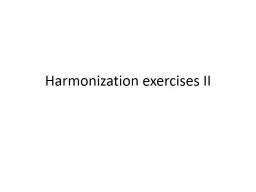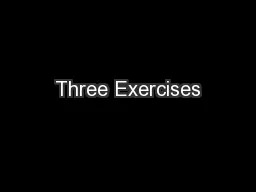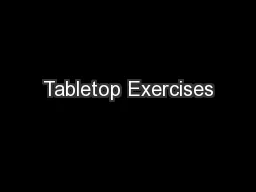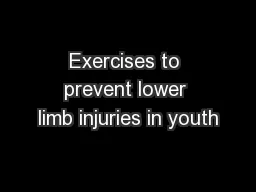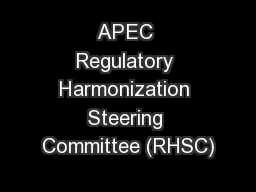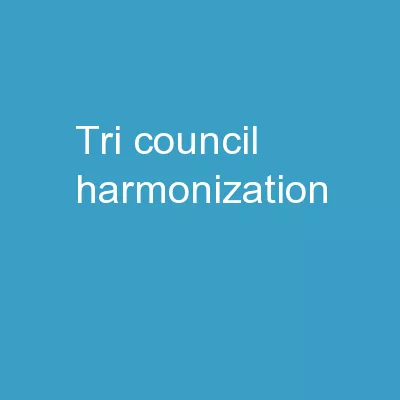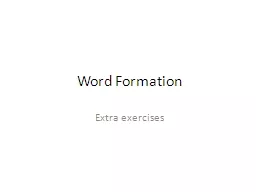PPT-Harmonization exercises
Author : triclin | Published Date : 2020-08-03
II Pranayama The Sanskrit word meaning extension of the prāṇa or breath or extension of the life force Prana life force or vital energy A yāma to extend
Presentation Embed Code
Download Presentation
Download Presentation The PPT/PDF document "Harmonization exercises" is the property of its rightful owner. Permission is granted to download and print the materials on this website for personal, non-commercial use only, and to display it on your personal computer provided you do not modify the materials and that you retain all copyright notices contained in the materials. By downloading content from our website, you accept the terms of this agreement.
Harmonization exercises: Transcript
Download Rules Of Document
"Harmonization exercises"The content belongs to its owner. You may download and print it for personal use, without modification, and keep all copyright notices. By downloading, you agree to these terms.
Related Documents

